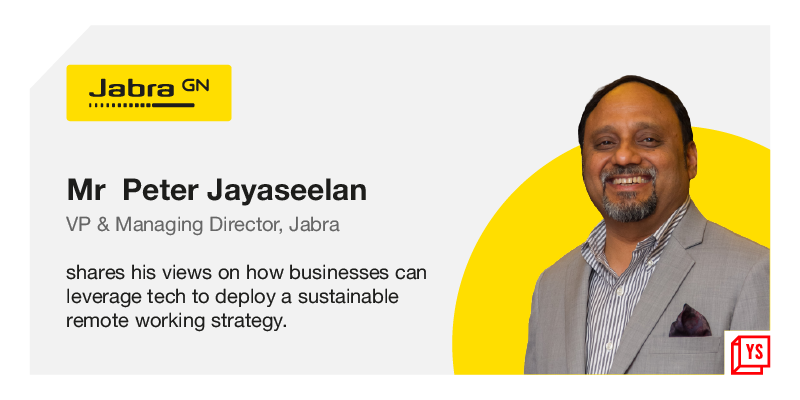Fab India’s Innovative Social Business Experiment
Monday May 19, 2008 , 3 min Read

Walk into any of Fab India‘s high end retail outlets in major cities across India, and around the world – you would be tempted by their unique clothing and furnishing collection, surprised by the store’s relentless focus on the customer and would probably walk out with a big bag in your hands. However, you would never guess that the profits made from that store and many others across the country are partly distributed among the weavers, about 20,000 of who are ‘shareholders’ of subsidiary companies floated by Fab India.
So, how does this work? Below is the excerpt from a recent Economic Times article on Fab India’s new model:
The weavers, who will hold 51% stake in about 35 companies formed in different states, will have annual general meetings (AGMs) and also receive dividends. Already, they get to trade their shares once in six months through a limited window opened by the Fab India management.
“Since ours is a closely-held public limited company, we create our own share trading system. We open a trading window among the local weavers’ community. We provide the liquidity to ensure a fair price is discovered. We also create a benchmark price on the basis of the book value and future earnings potential and so on,” said Fab India MD William Bissell.
It is unclear what is the relationship between Fab India, the parent company and the subsidiaries – If the subsidiaries have a claim on Fab India’s profits or just act as a supplier unit. This is an important question, because it determines what percentage of the value-chain profits are shared with the weavers, who traditionally have not been given a fair-share. The ET article hints to this a little, without providing a clear answer:
The company is looking at organising and aggregating the handloom weaving community into a corporatised, as opposed to a cooperative, structure. Mr Bissel thinks these communities are responding far better to an inclusive capitalist framework where profits are shared by all
‘Profits shared by all’, ‘Inclusive capitalist’ – there is quite a bit of jargon there. Given Fab India’s track record and good intentions (they make really good Kurtas), I’m a little less skeptical of the company. If the company can pull-off this unique structure and the business model, it would present a whole new template for social businesses, especially in the clothing sector (read: HBS Case Studies).
Well, even if you don’t really care about the company’s social business model, you should step into one of their stores. They got some good stuff!






![[Weekly funding roundup] Venture investments into Indian startups begin on a muted note in November](https://images.yourstory.com/cs/2/f08163002d6c11e9aa979329348d4c3e/Weeklyimage-1577460362436.png)



